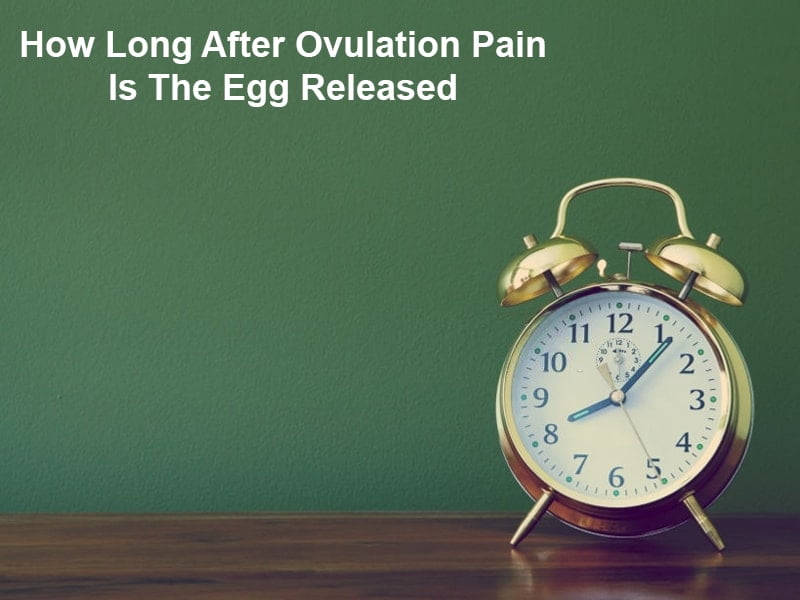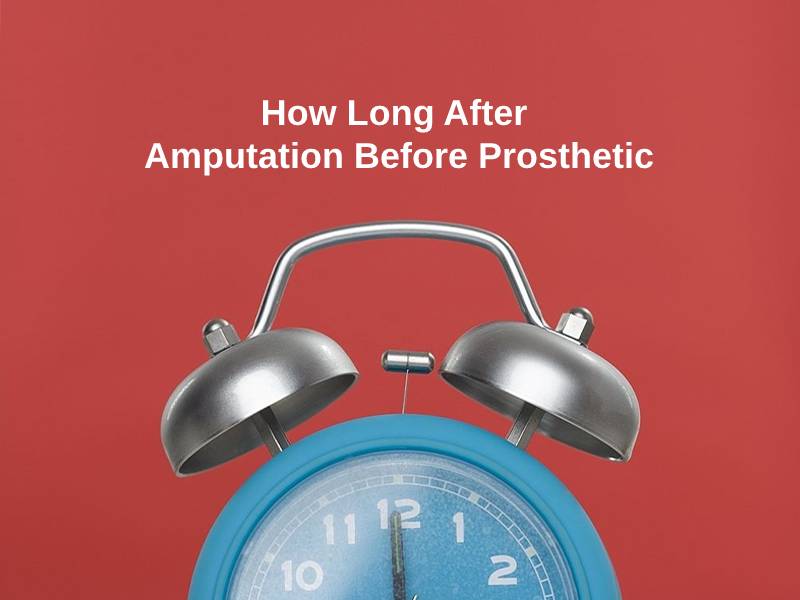Exact Answer: One To Two Weeks
MVA stands for manual vacuum aspiration, and it is the process in which vacuum is used for removing a fetus or embryo through the cervix of a woman. This is performed for abortion or if miscarriage happens to a mother. It is also helpful in obtaining a sample of the uterine lining, scientifically termed as an endometrial biopsy.
Medical experts consider this process very safe for the removal of an embryo or fetus from the body. In rare cases, patients have complained of severe complications because of manual vacuum aspiration. Evacuation and Dilation are two terms that are mainly used while referring to vacuum aspiration.

How Long Does Pain Last After MVA?
Hard metal curette was used anciently for removing the contents from the uterine. But Wu Xianzhen and Wu Yuantai from China pioneered vacuum aspiration in the year 1958. In the beginning, this technique was only used in China as the method’s efficacy was still not proven. Fifteen years after its discovery, the original papers of both the Chinese doctors were translated into English, and all the medical experts globally accepted this technique for uterine treatment and other conditions like abortion and miscarriage.
Henry Morgentaler introduced this technique in Canada with an impressive complication rate of just 0.48%. In more than five thousand patients that he treated using this technique, there were no cases of deaths that proved the efficacy of this process. In 1967, Dorothea Kerslake used this technique for the first time in the United Kingdom, and it was found out to be very successful. The United States adopted this technique in the mid-1970s when Harvey Karman tested this on his patients and proved its efficacy.

| Complications Due To MVA | Time After MVA |
| Cramps | About one week |
| Vaginal Bleeding | About two weeks |
MVA is a susceptible process and might be painful for some patients. Cramps are observed in patients that keep on recurring for about seven days. Vaginal bleeding is also common in patients on whom MVA is conducted. Bleeding can last anywhere between seven to fourteen days and is very painful for the woman.
Why Does Pain Last That Long After MVA?
Vacuum aspiration is an outpatient process, and it takes only a few hours of treatment in the clinic to complete it. The exact procedure is completed within fifteen minutes, and then the patient is allowed to rest, and some energy drinks along with fruits and dry fruits are given to them. Vacuum suction is used to suck the remaining fetus or embryo in the vagina. This process is very effective and is also considered safe. This process does not harm the patient. But it is ok to feel a bit of weakness due to the loss of blood from the body.
It is normal to feel pain after completing the procedure because it provides food and nutrition to the fetus. As soon as it is removed, the balance of the body gets disturbed, and the body requires time to recover properly. Cramps are most commonly observed because of vacuum suction, which can make the muscles a bit tender. Vaginal bleeding is also widespread because the vacuum creates a small hole, and the remains of the fetus are removed from the body through it.

A patient who has been treated with MVA is observed for another four weeks by a medical expert. Regular appointments are scheduled to check the health of the patient. Doctors also test the patient for various infections to check whether they have been infected or not. Most of the infections are not harmful and can be treated by taking regular medications.
Conclusion
Overall, it can be concluded that MVA is a shorthand used for the medical treatment process manual vacuum aspiration. This procedure is carried out to treat conditions of abortion and miscarriage along with the removal of uterine contents. It is an empathetic process and requires a lot of precision to be completed successfully.
It is normal to feel cramps for one week and vaginal bleeding for two weeks after the treatment. Chinese doctors are credited for introducing this technology in the medical field, and soon it was adopted by medical experts of all the countries. Infections can also occur after the treatment; that’s why medical guidance is essential.



























The detailed explanation of the procedure and its implications offers valuable insights for individuals seeking comprehensive information about women’s health.
Absolutely! Accessibility to such informative content encourages awareness and understanding of important medical procedures.
The detailed explanation about the implications of the procedure, including post-procedure recovery and monitoring, offers valuable insights for both patients and medical professionals.
Absolutely! Understanding the duration and potential effects of the procedure is essential for promoting informed decision-making and optimal care.
This information is enlightening and encourages a better understanding of the patient’s experience during and after the procedure.
The process of manual vacuum aspiration has undoubtedly evolved over the years, and the post offers a comprehensive overview of its development and implications.
I am grateful for advanced medical technology and the pioneers of the medical field who introduced this effective procedure.
This sounds like a significant advancement in the field of women’s health. Thank you for sharing this information.
You are right. It always helps to look back at the history and developments in the medical field to understand the significance of such procedures.
The historical background of the procedure’s introduction and its continued efficacy over the years highlights the advancements in medical science.
Indeed! It’s fascinating to trace the evolution and global acceptance of medical techniques that have significantly contributed to women’s healthcare.
The effectiveness and safety of this procedure, as mentioned in the historical context of its introduction, highlight the advancements in women’s healthcare over the years.
Absolutely! It’s encouraging to see how medical interventions have evolved to be more effective and considerate of patients’ well-being.
This sounds like a complex medical procedure, and the information provided will help many individuals understand its implications better.
I appreciate your insights on the procedure, including its historical background and efficiency. It’s essential for people to have access to such valuable information.
Indeed! The detailed description provides clarity on the process, its duration, and potential complications.
I find the details about the procedure and the historical background quite informative and fascinating.
Absolutely! Understanding the origins and advancements in medical procedures is essential for raising awareness and education.
The consideration of patient recovery and monitoring is emphasized effectively, reflecting a patient-centric approach in healthcare.
Absolutely! The focus on patient health and well-being is evident in the detailed information provided about post-procedure care.
The comprehensive overview of the procedure’s implications and patient care reinforces the importance of holistic healthcare practices.
The post highlights the significance of post-procedure care and monitoring, emphasizing the importance of patient health and recovery.
This information provides valuable insights into post-procedure care and the durations for potential side effects. It’s essential for patients to be well-informed about what to expect.
Indeed, the emphasis on follow-up care and patient well-being is crucial for comprehensive medical treatment.